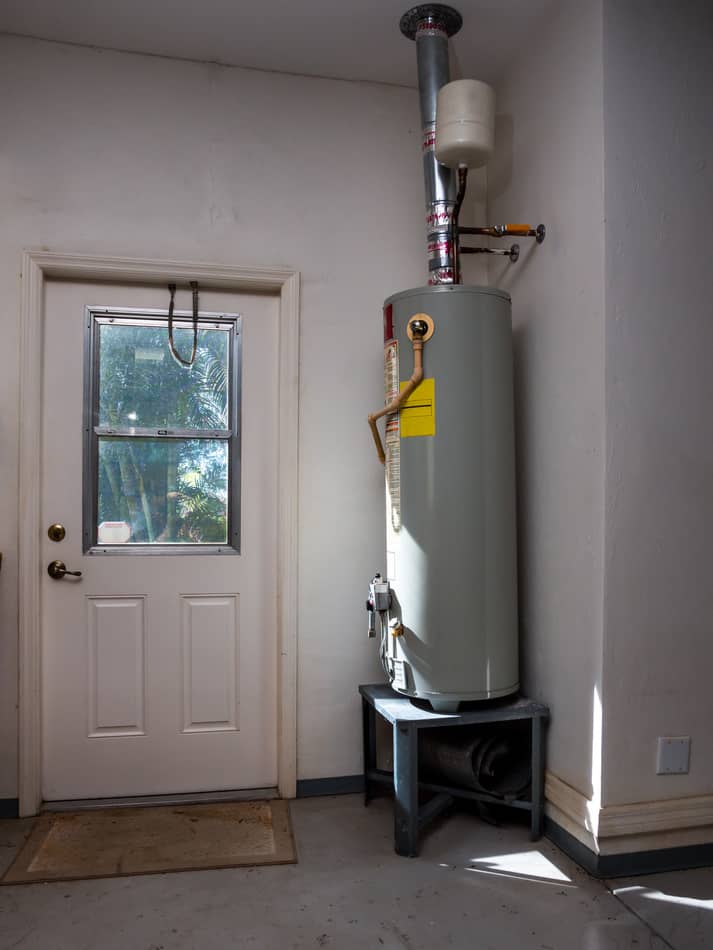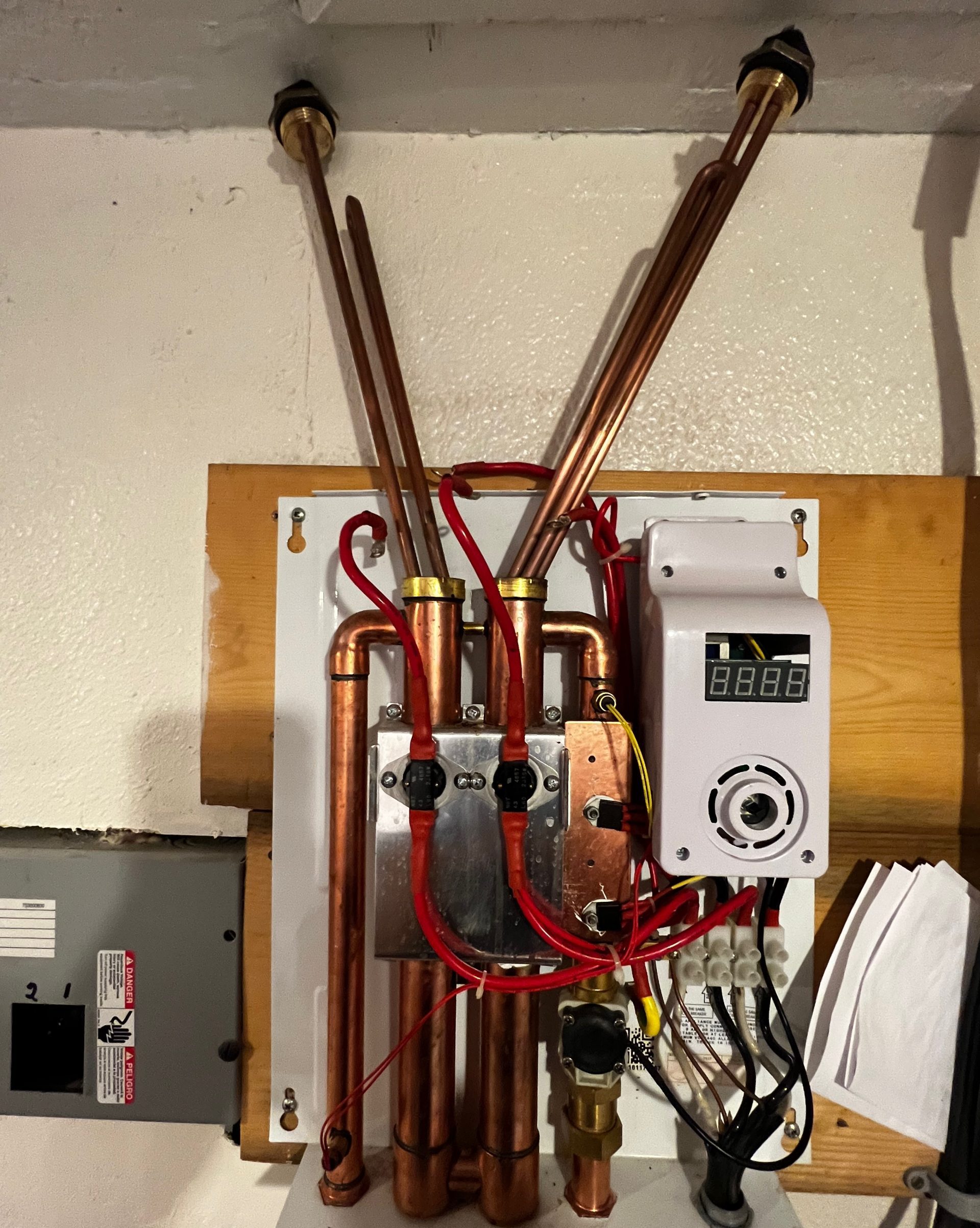Presented here in the next paragraphs you can get additional great insights on the subject of Water Heater Maintenance Tips You Can't Afford to Forget.

Hot water is crucial for daily convenience, whether it's for a rejuvenating shower or washing recipes. To ensure your hot water system runs effectively and lasts much longer, normal maintenance is crucial. This article supplies practical pointers and insights on how to preserve your home's hot water system to prevent disruptions and expensive repairs.
Intro
Maintaining your home's warm water system might seem difficult, but with a few basic steps, you can guarantee it runs efficiently for many years to find. This overview covers whatever from recognizing your hot water system to do it yourself upkeep tips and understanding when to call expert help.
Relevance of Keeping Your Hot Water System
Routine upkeep not only prolongs the lifespan of your warm water system however also guarantees it operates efficiently. Ignoring maintenance can lead to lowered effectiveness, higher energy costs, and also premature failing of the system.
Indications Your Hot Water System Demands Maintenance
Knowing when your warm water system requires focus can avoid major problems. Keep an eye out for signs such as inconsistent water temperature level, unusual sounds from the heating system, or corroded water.
Understanding Your Hot Water System
Before diving right into maintenance tasks, it's practical to recognize the standard components of your hot water system. Usually, this consists of the hot water heater itself, pipelines, anode poles, and temperature controls.
Month-to-month Upkeep Tasks
Normal monthly checks can help catch minor problems prior to they escalate.
Flushing the Water Heater
Flushing your water heater removes sediment accumulation, enhancing effectiveness and extending its life.
Monitoring and Replacing Anode Rods
Anode rods avoid rust inside the storage tank. Evaluating and changing them when broken is crucial.
Inspecting and Adjusting Temperature Settings
Adjusting the temperature level setups makes certain optimum efficiency and safety and security.
Do It Yourself Tips for Maintenance
You can perform several maintenance jobs on your own to maintain your warm water system in leading condition.
Checking for Leaks
Frequently examine pipes and connections for leakages, as these can bring about water damages and greater expenses.
Examining Stress Relief Valves
Evaluating the pressure safety valve ensures it functions correctly and protects against too much stress accumulation.
Insulating Pipelines
Shielding warm water pipes reduces warmth loss and can conserve power.
When to Call a Specialist
While do it yourself maintenance is advantageous, some problems require professional experience.
Facility Problems Requiring Specialist Aid
Examples include significant leaks, electrical troubles, or if your water heater is regularly underperforming.
Routine Professional Upkeep Perks
Expert upkeep can consist of extensive inspections, tune-ups, and making certain compliance with safety criteria.
Final thought
Normal upkeep of your home's hot water system is crucial for effectiveness, longevity, and cost financial savings. By adhering to these suggestions and knowing when to look for professional assistance, you can ensure a trustworthy supply of hot water without unanticipated disruptions.
Water Heater Maintenance Tips
Test the TPR Valve
Shut off the power and the cold-water supply valve. Place a bucket under the pipe connected to the temperature-pressure-release (TPR) valve on the top or side of the tank. (This valve opens if the tank pressure gets too high.) Lift the valve’s tab to let some water out, then let go. If water keeps flowing, drain the tank partway, unscrew the old valve with a pipe wrench, and install a new one. Check the Anode Rod
Put a hose to the tank’s drain cock and let out a few gallons of water. Now fit a 1 1/16-inch socket onto the rod’s hex head on top of the heater (or under its top plate) and unscrew the rod. If it’s less than ½ inch thick or coated with calcium, buy a new one, wrap its threads with Teflon tape, put it back in the tank, and tighten securely. Use this segmented rod if headroom above the tank is limited. Drain the Tank and Wash Out Sediment
Drain the remaining water in the tank into the bucket, then stir up the sediment on the tank’s bottom by briefly opening the cold-water supply valve. Drain and repeat until clean water comes out of the hose. Close the drain cock, refill the tank, and turn its power back on. Adjust the Temperature
Find the temperature dial on the side of the tank and unscrew its cover. Adjust the dial to 120 degrees using a flathead screwdriver. For every 10 degrees the temperature is lowered, you can expect to save up to 5 percent in energy costs. Turn the water heater off or the thermostat down to its lowest setting if you plan to be away from home for more than three days. Insulate the Pipes
Buy some self-sticking 3/8-inch-thick foam pipe insulation that matches the pipes’ diameter. Slide the foam over the hot-and cold-water pipes as far as you can reach. Insulating the cold-water pipe prevents condensation in summer. Peel the tape and squeeze the insulation closed. If the pipe is 6 inches or less from the flue, cover it with 1-inch-thick unfaced fiberglass pipe wrap. https://www.thisoldhouse.com/plumbing/21016402/how-to-maintain-a-water-heater

Hopefully you enjoyed our excerpt about How to Maintain a Hot Water Heater in a Few Simple Steps. Thanks a ton for taking time to read through our blog. So long as you enjoyed reading our post plz remember to share it. I appreciate reading our article about Water Heater Maintenance Tips You Can't Afford to Forget.
Phone